|
On Friday Keith and I replayed Bristoe Station, using Honour Games' Longstreet rules. The details are on the Scenarios page of this website, here. The game covers the attempt at the start of the combat by Heth's Division to cut off Warren's line of retreat. The shatter point for both armies was 24. As Warren, Keith deployed his centre and right brigades behind the railway embankment (and so benefitting from cover), and his left hand brigade across the railroad in the woods. He supported his line with three batteries: one at Bristoe Station itself, one on the far side of Broad Run with a good field of fire across his front; and one on high ground behind his front line. As Heth, I put Cooke's stronger brigade on the left and Kirkland's brigade on the right. The front is quite restricted so I deployed Cooke's regiments in double lines. For the first few moves I tried to close the distance quickly, having nothing to counter Keith's powerful artillery. I used up a lot of morale cards and still lost a good few bases. I also lost an entire turn as Keith shot my general (playing the 'couldn't hit an elephant' card) and rolled 6, wiping out my entire hand. On my right, Keith's brigade in the woods came looking for Kirkland, forcing me to refuse my right. I tried not to divert too many units from the main assault but as Keith reinforced his troops on my side of the railroad, more Confederate regiments got stuck into firefights with Federals. However, I was pretty happy with Cooke's progress and approached the embankment with promising local superiority over the Yankee right. But my losses rose quickly as we came into small arms range and I was pushed over my shatter point with Cooke just a couple of inches from the railroad. This was a great game and brought out some of the best aspects of Longstreet. The rules are really easy to remember and strip out unnecessary gloss, but the action cards bring in the flavour of the period- and of the specific stages in the war- perfectly. I came off worse partly due to the Yankee guns card, which made his artillery particularly deadly. Losing 6 Action cards and a whole turn due to my general getting shot increased the time my troops spent in the artillery killing zone. A good test of any rules is how close a refight comes to what actually happened. Well, we couldn't have got closer to the real outcome. On the day, Heth made it to within yards of the railroad before his men were broken by weight of Union fire. At a couple of points in our game, the positions of the troops almost exactly mirrored the map of the actual battle. Very satisfying. Hats off to Keith who had not read about Bristoe Station but saw and exploited the benefits of the terrain pretty much as Warren did in real life. I now want to rerun this scenario using Pickett's Charge, which uses the same ground and units scales. To be honest, they'll have to be pretty amazing rules to shift me from Longstreet. Friday's game reminded why Longstreet is still my favourite rule set for any period.
2 Comments
On Wednesday we played another two games of Bolt Action. The first was the latest in our three-way escalation campaign. In this, Matt's Normandy US assaulted my German grenadiers. We played 750 points a side. Matt had a discount if he took armour and so deployed a Sherman alongside two regular infantry squads, a veteran engineer squad, a medium mortar, a medic and a First lieutenant. I brought three squads, an MMG, a medium mortar, officer and Sdkfz 251/10, all regular. Matt would score vps for destroying my units, having units in my 12" deployment zone and exiting units off my table edge. I would just score vps for destroying units. I could start hidden and place one squad in fox holes. Matt rolled pretty poor dice for preliminary bombardment, except against my very last unit, a half track with anti tank gun. He promptly converted his 6 to a knock out so I was down one half track before the game even started. This was my only ranged anti tank weapon although fortunately I had allocated a panzerfaust to each infantry section. I set up my three squads from left to right across the table, the left two on wooded high ground and the third in fox holes on the flat. My MMG sat behind a stone wall in the centre, facing down the road against the advancing Americans. Matt brought most of his force on table on his right, throwing his Sherman down the road and gathering his infantry sections in the grounds of the house. His Sherman and mortar were the most active in the early turns, while his infantry crept closer. Matt also brought his engineers across from his left, concentrating his whole force in the right half of the table. With no enemy in front of them and no anti tank capability besides the panzerfausts, I sent first my right hand squad, then the centre squad forward to close with the US left and try a bit of tank hunting. Both our mortars inflicted some tidy casualties from mid game having ranged in, but Matt's hits were more effective as they reduced my left hand squad to nothing, just as his right wing assaulted my left in the closing two turns. Matt mounted a concerted attack on my left, with an infantry squad and his Sherman entering my deployment zone. I had the satisfaction of knocking out the Sherman with my centre squad's panzerfaust but when the game ended at the end of turn 6, Matt had a 3 point advantage so won the day. It was a really close and enjoyable game. Our campaign results so far are: Matt: played 2. Won 2. 4 points Ian: played 3. Lost 2, drew 1. 1 point Tim: played 3. Won 1, lost 1, Drew 1. 3 points. So Matt is the man to beat, out in front with a game in hand. We then played a game of Tank War. Ian and Matt led two panthers, a Panzer 4 and a STUg to an easy victory against my three Shermans, Cromwell, 6pdr anti tank gun and infantry in a half track. Aww crap. With no need or incentive to close the range, the Germans sat on their baseline and took out my units one by one as I tried to get near enough to inflict damage. I did manage to jam a Panther's turret and my fire dice could perhaps have rolled higher, but I was basically doomed! At least it was over quickly.... still, the table looked good, and as Matt pointed out, it was probably an accurate outcome. I have three more Shermans on the paint bench and maybe next time, we can get enough Allied tanks into killing range before the German cats take them all out. No, I'm not bitter. Well, maybe a little...
I have spent the last couple of weeks painting ACW casualties. I picked up a copy of Pickett's Charge from Too Fat Lardies and they have really caught my imagination. Longstreet is my favourite game for brigade actions (actually it's my favourite game full stop) but it was over its limit when we used it to play day one of Gettysburg. On to Richmond by Paul Koch is excellent for army level actions, with its brigade sized units and streamlined mechanics. But Pickett's Charge strikes me as a good set for divisional and Corps level battles. Unlike Longstreet, these rules require casualty markers, so I needed to get equipped. I bought 30 casualty dials from Warbases, which show numbers from 1 to 12, and painted up some Kallistra 12mm casualties I have had for a year or so. I stuck them on the dials and added sand, tufts and flock. I am pleased with the results. The casualties don't stand out too much but my aim is for the dials to blend in to the rest of the table, which I think they will do. I decided against splatting ketchup everywhere. The most I'll paint on a wargame figure is a red stain on a bandage. I think this is a generational thing. Zulu is my favourite war film and I wanted my sons to share my enthusiasm. They quite enjoyed it but both thought it odd that with all the shooting and stabbing, virtually no blood was visible throughout the film. This had never occurred to me! Anyway, I prefer my casualties to be nearer the spirit of Zulu than of Saving Private Ryan.
Perhaps I should have waited to see if I enjoyed playing Pickett's Charge before making the markers. But I'm pretty confident it will go down well. For our first game, I am looking at Bristoe Station in late 1863, the one after which Lee told Hill to bury the dead and say no more about it. I am attracted to the fog of war in this battle, when a force pursuing a retreating enemy was suddenly assailed from a new direction entirely. It is a situation that most wargame rules make very hard to pull of: usually the players can see too much and the rules allow them to do too much. I'm hoping that Pickett's Charge will provide the balance between restricting player omnipotence and still giving a satisfying game. Meanwhile I have just finished reading Rebel Yell, the biography of Thomas 'Stonewall' Jackson by S.C .Gwynne . It is a great book, showing the contrasts in Jackson's character and bringing his campaigns vividly to life. The accounts of fighting are authoritative and clear. This isn't a biased account: Jackson's frailties are scrutinised as closely as his strengths. There is plenty of inspiration here for the wargamer. The author doesn't speculate on what would have happened had Jackson not died after Chancellorsville, but is certain that the loss to the Confederate military cause was immense. |
Archives
November 2023
Categories
All
|
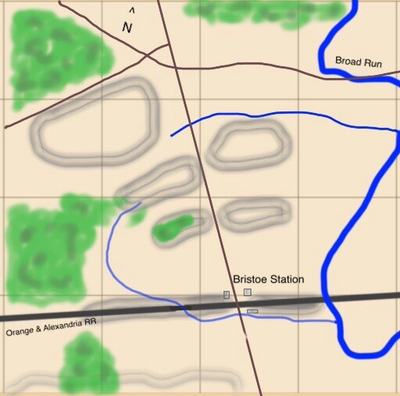







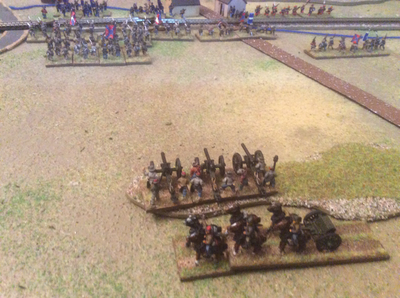
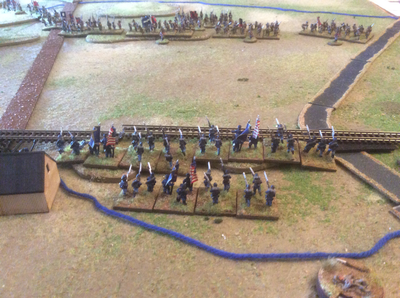
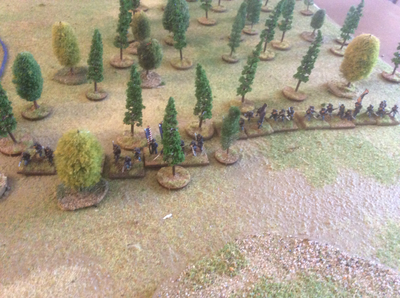

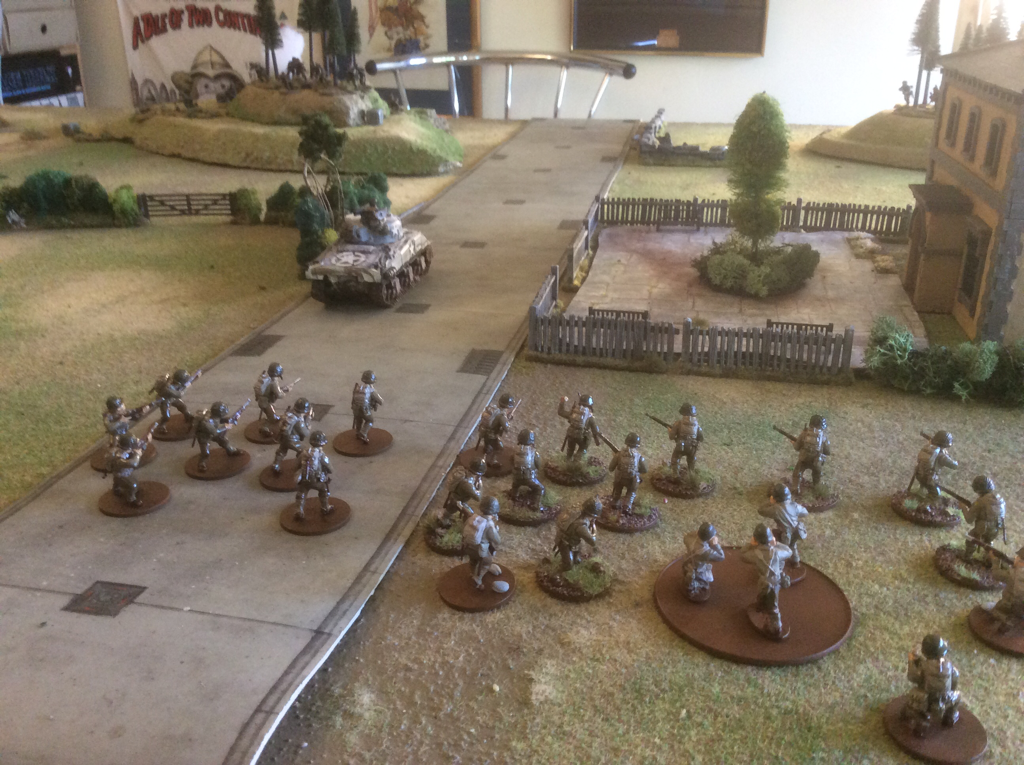




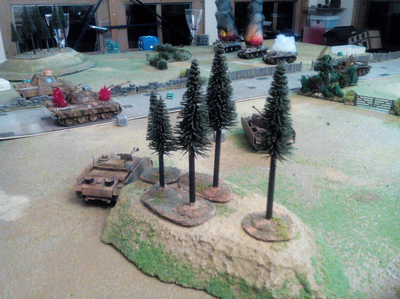
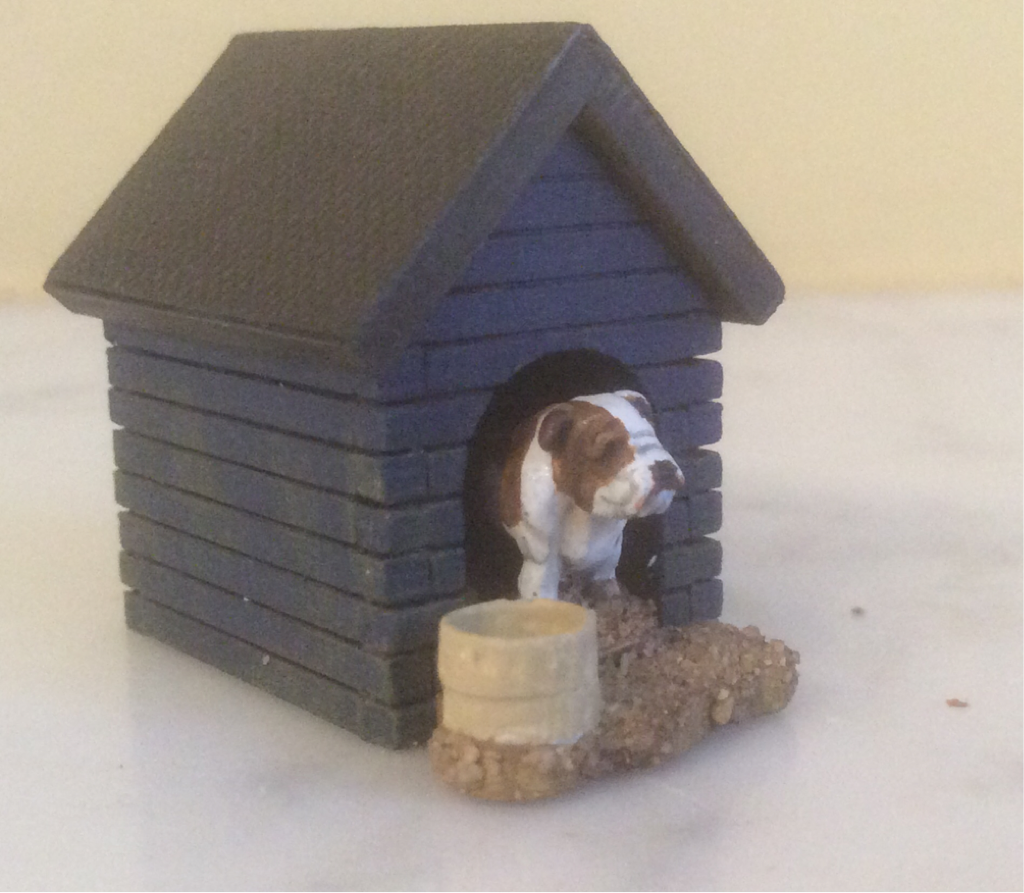
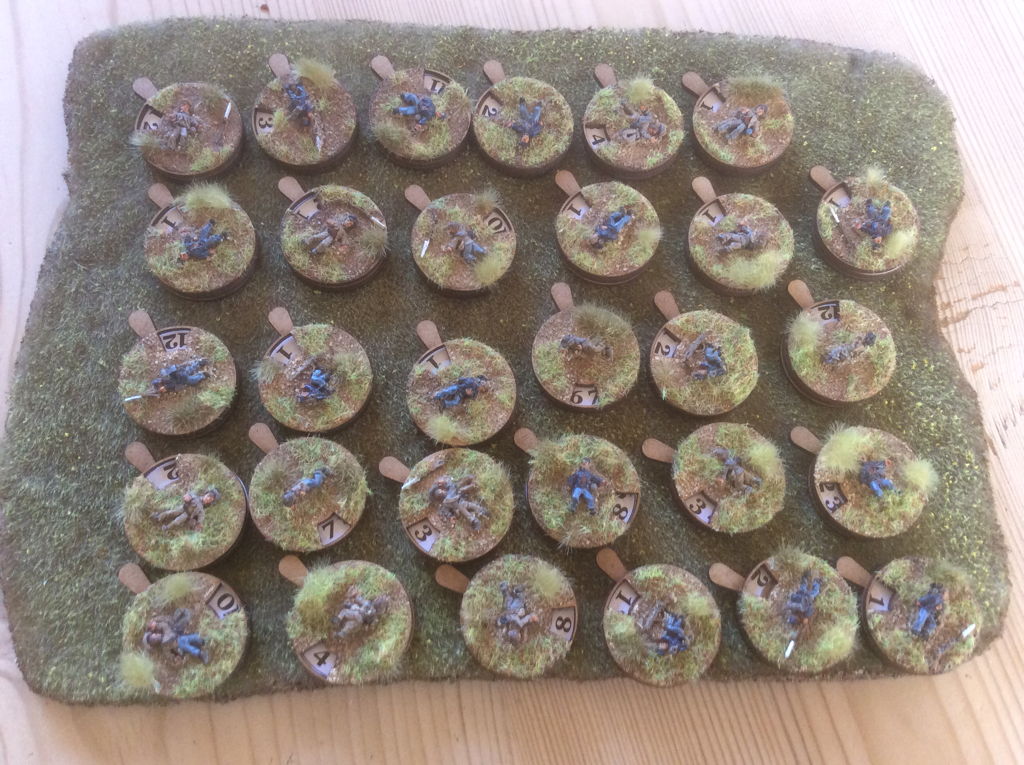
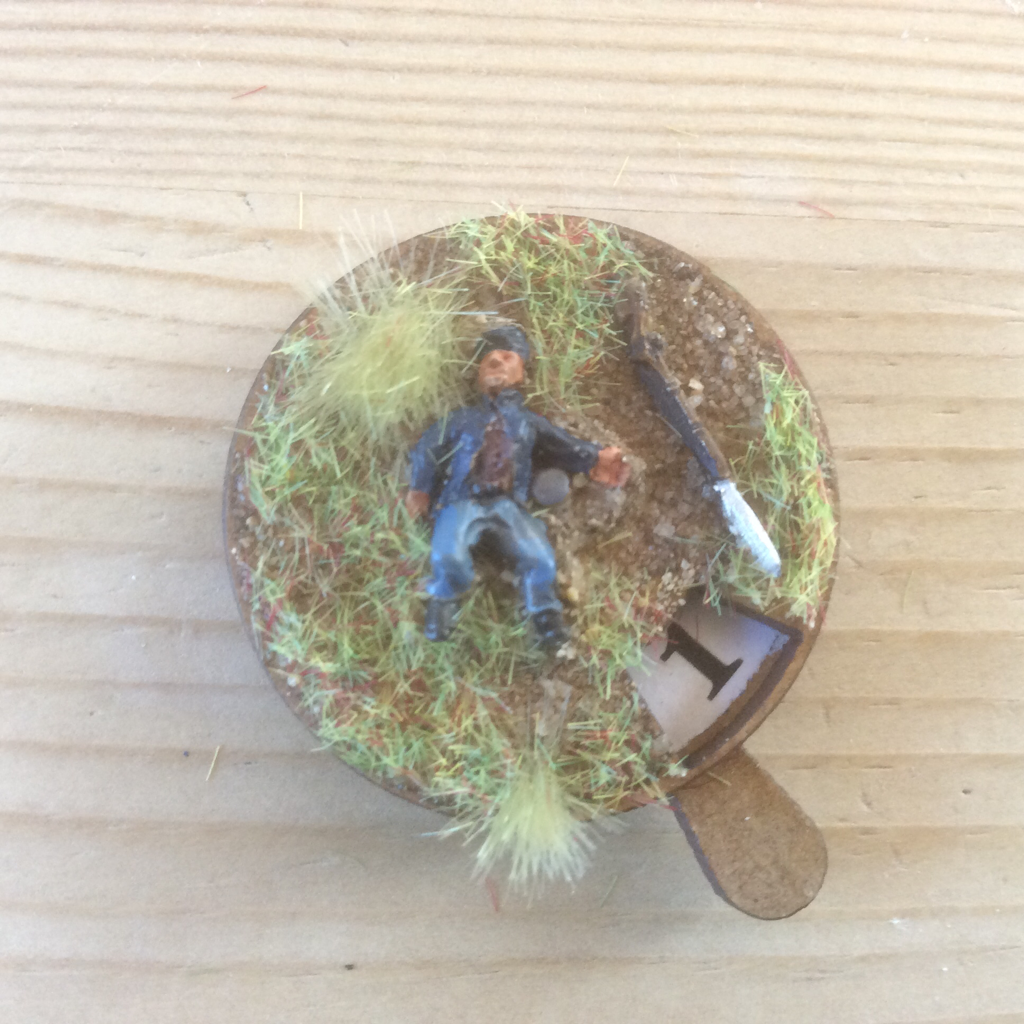
 RSS Feed
RSS Feed